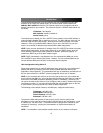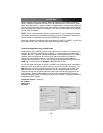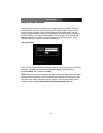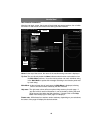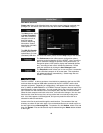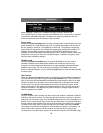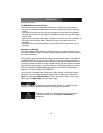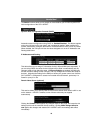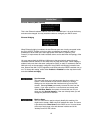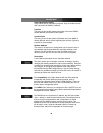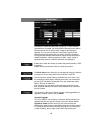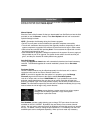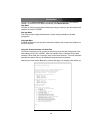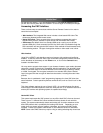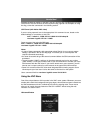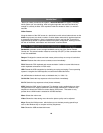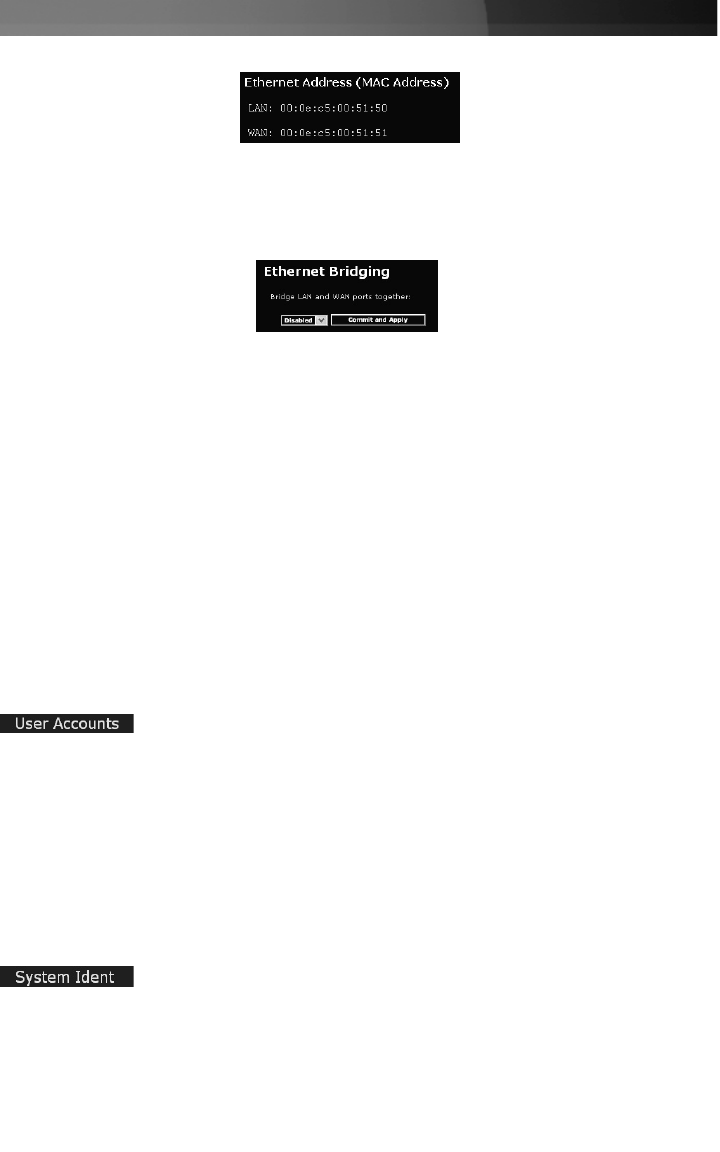
When Ethernet bridging is enabled, the two Ethernet ports are virtually connected inside
the SV1115IPEXT. Packets arriving on either port that are not meant for it will be
forwarded out to the other port, when appropriate. IEEE-802.1d (“Spanning Tree
Protocol”) is implemented to avoid broadcast storms and to determine the topology of the
network.
You may connect both the WAN and LAN ports to the same logical network through
redundant Ethernet switches. If one switch fails, the other will be used. When bridging is
enabled, both ports share the same configuration (DHCP or static IP addresses) and the
WAN port may not be separately configured. Using DHCP with Bridging increases boot
time, because the 802.1d (STP) algorithm must finish before the DHCP broadcast can go
out. To change this setting, select either Enabled or Disabled from the drop-down menu
and click Commit and Apply.
Instruction Manual
17
Ethernet Address (MAC Address)
This is the Ethernet hardware address of this unit's LAN/WAN port. It is set at the factory
and cannot be changed. You may need this number to configure your DHCP server.
Ethernet Bridging
User Accounts
This menu will allow you to add accounts other than admin to the
system. These accounts will not have the authority to change
settings, but can access the Web interface and log into the VNC
console. Selecting Delete permanently removes the user from the
system. If you enter values for a user that does not already exist
under Edit User Details, the system will create that user for you
when you click Record changes. If the user already exists, you will
change the password for that user.
Machine Name
This is a name that is used to uniquely identify this machine. You
might want to create a DNS entry that matches this name. The name
is provided as the Client Name for the DHCP server. It is also shown
at the top of each page in the web browser interface and is the
“desktop name” for VNC clients.



